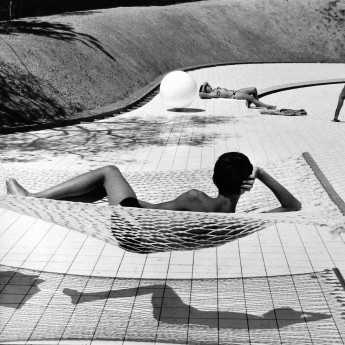
Details
Artist
Styles
silkscreen ink on Sintra // Instructions by Rudolf Stingel is a limited edition silkscreen print created in 1989. Using black-and-white photographic images accompanied by text, this piece serves as a visual guide on various art-making techniques, emphasizing the materiality and process of creation. The montage-like layout shows hands mixing, rolling, and manipulating materials, echoing instructional manuals while blending art with a practical guide. The use of Sintra as the substrate enhances the piece's durability and gives it a slightly industrial feel. With only five copies and five artist proofs, Instructions is a rare piece that encapsulates Stingel’s conceptual approach, bridging art and instructional text.
Instructions, 1989
form
Medium
Size
155 x 107 cm
- Inches
- Centimeters
Edition
Price
Details
Artist
Styles
silkscreen ink on Sintra // Instructions by Rudolf Stingel is a limited edition silkscreen print created in 1989. Using black-and-white photographic images accompanied by text, this piece serves as a visual guide on various art-making techniques, emphasizing the materiality and process of creation. The montage-like layout shows hands mixing, rolling, and manipulating materials, echoing instructional manuals while blending art with a practical guide. The use of Sintra as the substrate enhances the piece's durability and gives it a slightly industrial feel. With only five copies and five artist proofs, Instructions is a rare piece that encapsulates Stingel’s conceptual approach, bridging art and instructional text.
What is Street art?
Street Art is artwork created and executed in public spaces, outside of traditional art venues. It gained popularity during the 1980s graffiti art boom and has since evolved into various forms and styles. Common forms of Street Art include pop-up art, sticker art, stencil graffiti, and street installations or sculptures. Terms like guerrilla art, neo-graffiti, post-graffiti, and urban art are often used interchangeably to describe this genre, which challenges conventional ideas about where and how art should be displayed.











